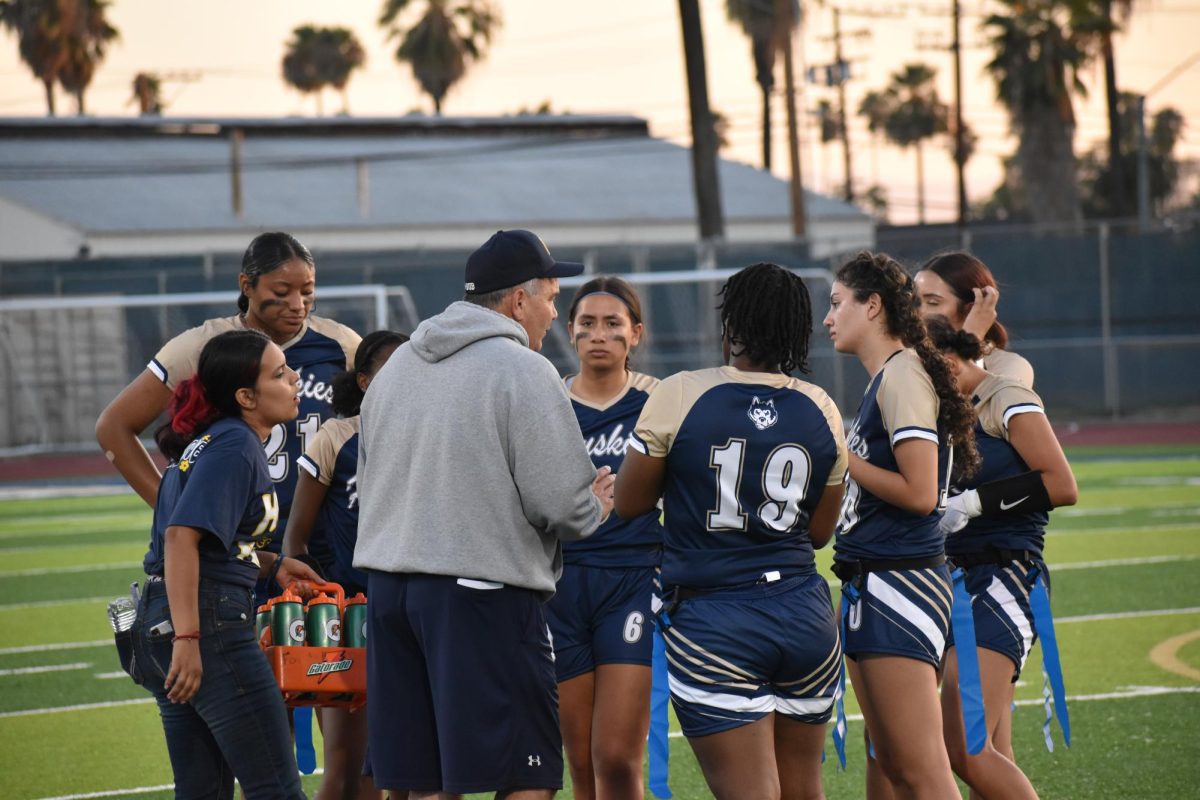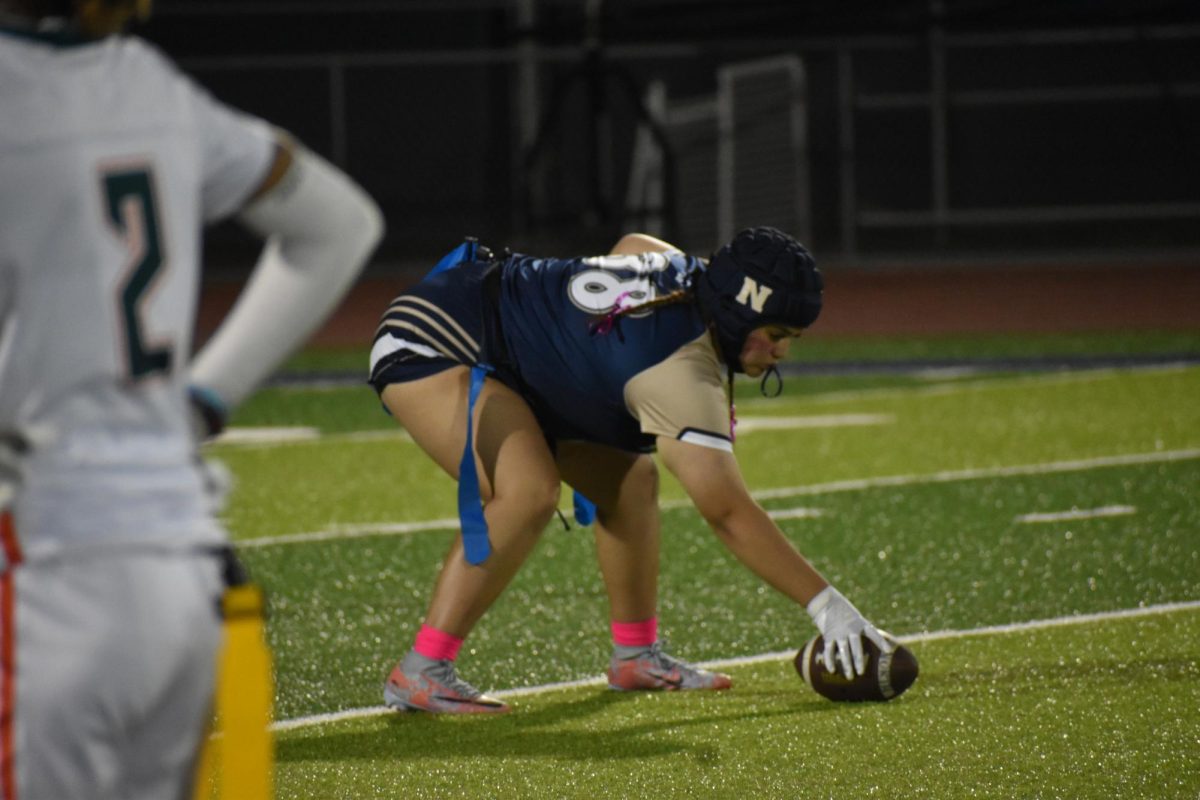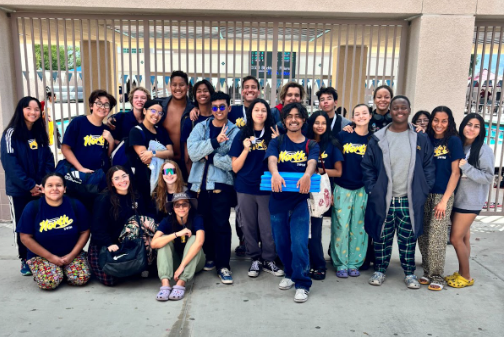It’s no secret that the life of a student-athlete is a tough one. With having to balance priorities like school, social life, family, and well-being, it’s hard for students to make the appropriate time to fit their needs. When students add multiple sports on top of all of those priorities, the journey only gets more difficult.
Soren Harris-Pham is a junior at John W North High School. He is a varsity player on the boys’ water polo team, a fall sport that is currently in season. However, he is also on the varsity boys’ wrestling team. With wrestling in the winter and water polo in the fall, Soren is involved in two back-to-back sports where the pre-season practices of wrestling are more than likely to interfere with in-season practices of water polo. Naturally, these commitments take up much of his time.
When asked how his athletic schedule affects his workload from school, Soren answers, “It affects it pretty significantly. On normal days with just practice, I will get home around 7:00 p.m. Then [I] need to eat and shower. I usually start homework around 9:00 p.m. So staying up late to get work done is [normal]. On game days and tournaments, it’s even worse. Sometimes I will get home around 10:00 pm.”
The biggest enemy of a student-athlete involved in multiple sports is time or more of their lack of it. However, it’s completely possible to make time for a social life outside of school and practice hours when time is successfully managed. “I’d recommend doing at most two sports, especially as you get into the later years of high school when classes get harder. But the best advice is to focus on academics because you can’t play sports if you got awful grades,” Soren advises fellow student-athletes.
Like Soren, Janelle Smith is also a junior at John W North High School who plays varsity girls’ flag football and varsity basketball. Flag football is a fall sport and basketball is a winter sport, making it difficult to keep up with practices with two back-to-back sports. Being involved with many sports naturally will take time away from aspects of an athlete’s social life. However, Janelle points out some positives that being an athlete can have on your social life, “Sometimes, I can’t go out and spend time to rest or have fun with my friends [because] I need to practice or because I have meetings. But it also gives me the opportunity to meet new people since I’m on two different teams.”
Janelle advises any other athletes struggling with time management to, “Work hard in your sports and classes, but also find the time to rest your body and mind.” By doing this, striving for greatness will come easier both on and off the field.
It’s a widely known fact that student-athletes face many difficulties in both their academic and athletic careers, yet there are no further attempts to help aid them in their struggles. At the collegiate sports levels, athletes get special priorities to help them with scheduling and counseling, also including a variety of mental health aids. On the high school level, however, none of these resources are provided to athletes, making the process more stressful and confusing than necessary. If high schools were more present and focused on their athlete’s mental health, the overall experience of playing multiple sports would go smoothly for everyone involved.
It’s important to be smart in decisions when looking to take on another sport. Time will always be a scarcity and without the proper time management skills, the journey will be much harder than necessary. However countless students have been able to make the experience work out in their favor despite the odds they have stacked against them.







